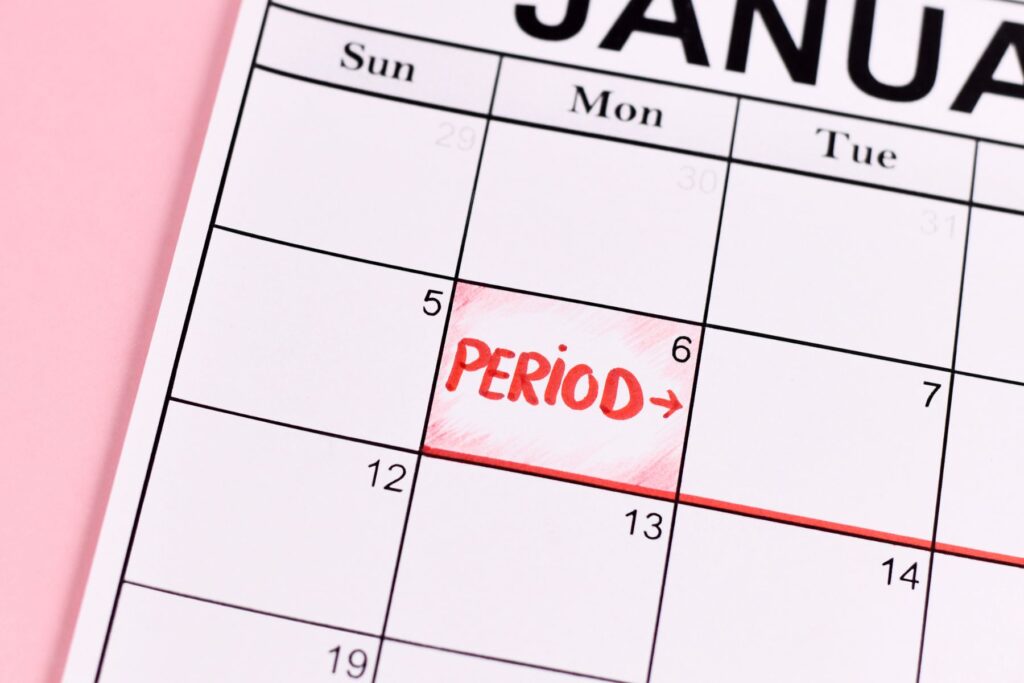The Female Athlete Triad: Where is it Now?
June 21, 2025

As a pattern of three symptoms kept emerging in many female athletes that physicians were treating, they began to take notice…
The three symptoms: decreased bone mineral density, menstrual dysfunction, and low energy availability were eventually given the title of the female athlete triad in 1992 by the American College of Sports Medicine.1
How Common is the Female Athlete Triad?
The exact prevalence of the female athlete triad can be difficult to assess given frequent missed diagnosis. However, one study in NCAA Division II college athletes found low bone mineral density in 10% of subjects and menstrual dysregulation in 26% of subjects.2
Given these high rates of some female athlete triad symptoms the sports medicine community recognized the need to further expand this diagnosis to increase recognition and treatment. Thus, the term relative energy deficiency in sport (RED-S) was coined in 2014. The goal was to provide better diagnosis, treatment, and gender inclusivity to the symptoms first identified as the triad.
The three original components of the female athlete triad are included in the RED-S diagnosis along with a myriad of other health symptoms and consequences. You can learn more about in reading our blog on RED-S by clicking here.
Below we are going to go more in depth on each of the three original female athlete triad symptoms and their health consequences.
The Impact to Menstrual Health

Menstrual dysfunction can range from missed periods to a complete lack of a period also called amenorrhea.1
The type of amenorrhea that occurs in female athletes due to inadequate energy intake is termed functional hypothalamic amenorrhea (FHA).1 As a result of FHA there is a dysregulation of hormones important for overall health.1
The sad reality is that many female athletes are told by coaches and trainers that a missing or irregular period is just a sign that they are “training hard”. This is just wrong. A missing or irregular period is often the first tangible sign that something is wrong. A female athlete should seek further help or treatment. Learn more about what losing a period means for a female athlete in our recent blog post about this topic by clicking here.
The Female Athlete Triad and Bone Health
Low bone mineral density puts an athlete at risk for decreased bone strength, an increase in bone injuries like stress fractures, and development of bone disease like osteoporosis. Stress fractures can keep an athlete out of their current sport or training while they recover. Bone diseases like osteoporosis may not manifest themselves until later in life but can have serious health consequences.
To learn more about bone health read our recent blog post on this topic by clicking on the link here.
Low Energy Availability

Low energy availability (LEA) is a state where, after the energy needed to support exercise has been used, there is insufficient energy left over to maintain normal body functions.
LEA can cause physiological changes like low blood pressure, decreased resting metabolic rate, GI dysfunction, and negatively affect immune system health.3 It can also cause performance changes like increased fatigue and difficulty making it through a workout or training session.
LEA can result from either poor energy intake, increased training demands, or both. It is important to monitor for signs of LEA in all athletes and seek help if needed.
The Takeaway…
How can you help yourself or a female athlete decrease their risk for developing the symptoms of female athletes triad/RED-S? Well, the first place to start is by ensuring they are eating enough energy to fuel their body AND their exercise.
If you’re looking for a sports dietitian to help you optimize your performance, health, recovery, and sleep through optimizing your fueling and hydration plan, we’re here to help. Check out our performance packages here.
References:
- Nazem, T.G., & Ackerman, K.E. (2012). The female athlete triad. Sports Health, 4(4), 302-11. doi: 10.1177/1941738112439685.
- Skorseth, P., Segovia, N., Hastings, K., & Kraus, E. (2020). Prevalence of Female Athlete Triad Risk Factors and Iron Supplementation Among High School Distance Runners: Results From a Triad Risk Screening Tool. Orthop J Sports Med, 8(10), 2325967120959725. doi: 10.1177/2325967120959725.
- Logue, D., Madigan, M.S., Delahunt, E., Heinen, M., McDonnell, J.S., & Corish A.C. (2018). Low energy availability in athletes: a review of prevalence, dietary patterns, physiological health, and sports performance. Sports Med, 48(1), 73-96. DOI 10.1007/s40279-017-0790-3